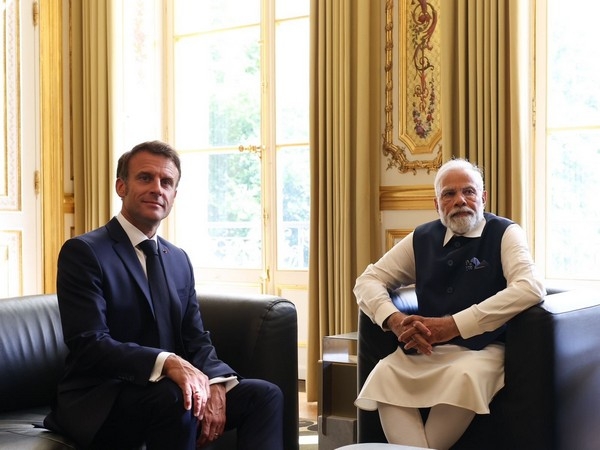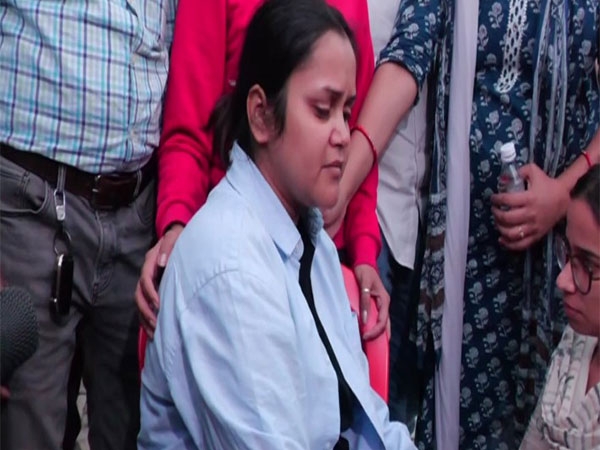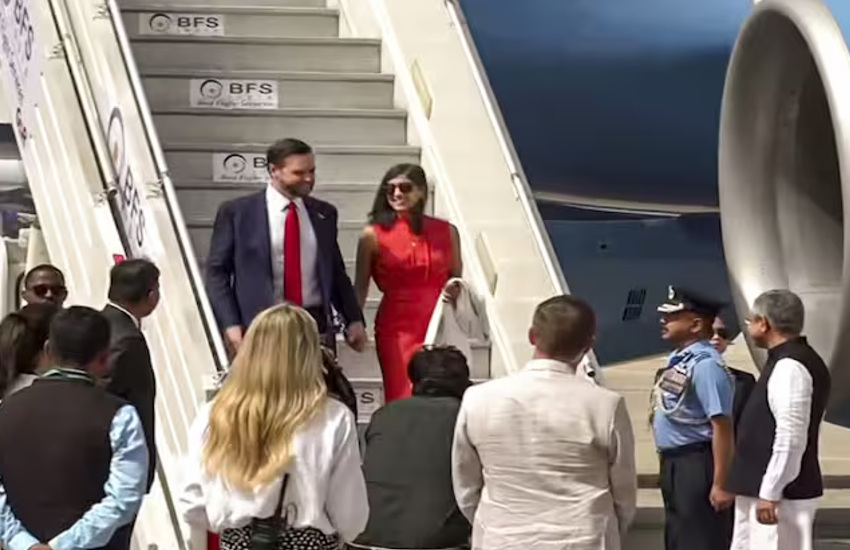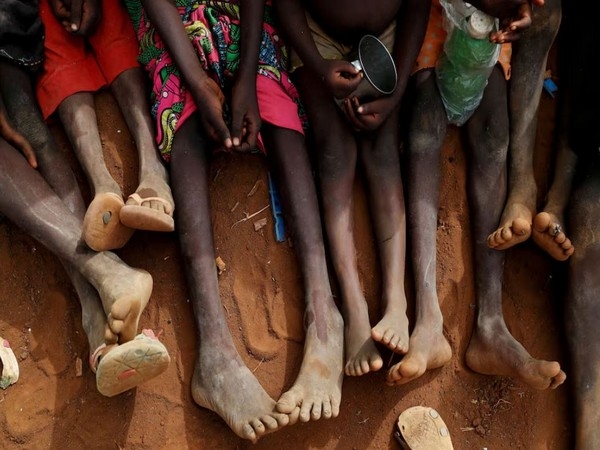Modi & Sangh Parivar: What potentially undid the Gulberg verdict

- On 28 February 2002, a mob of almost 5,000 people descended on Gulberg Society
- 39 people died in the attacks including former Congress MP Ehsan Jafri
- Jafri\'s wife Zakia Jafri filed a SC petition seeking to accuse Narendra Modi and 62 others for the carnage
- Zakia\'s petition served as the base for the formation of a SIT that probed the incident
- While Modi was actually never accused in the case, the verdict still exonerates the then Gujarat CM
- Sangh Parivar rumour mills spread the idea that Jafri was a money lender who often harassed his clients and was therefore attacked during the incident
The Gulberg Society verdict, announced on 2 June, that convicted 24 and acquitted 36 others is probably of no consequence now that the political power in the country has changed hands.
The man who was then the chief minister of Gujarat during the Godhra riots and after, Narendra Modi, is now the prime minister of the country.
But, in a strange twist, the Gulberg Society judgement exonerates the same man who was never actually accused of the deaths of 39 people on 28 February, 2002. Despite continued efforts of former Congress MP Ehsan Jafri's widow Zakia Jafri, Modi was never named in the list of those accused in the massacre.
Also read - 24 convicted by Ahmedabad court in 2002 Gulberg Society massacre
Zakia's petition in the Supreme Court, seeking to accuse Modi and 62 other leaders, bureaucrats and police officials of complicity in the Gulberg Society massacre, had been the basis on which the apex court ordered the formation of the Special Investigation Team (SIT).
The probe into Modi conducted by the SIT in Gandhinagar has often been called 'shady' and 'shoddy' by many activists. It was later revealed that the session was nothing more than a mere question-answer inter-face with very little scope for cross-examination.
The SIT logic, explained later through informal channels, was that the chief minister was not an accused in the Gulberg Society massacre and, hence, there was no scope for a proper investigation, the way the relatives of the deceased and the NGOs wanted.
To give the devil its due, it is however true that the SIT's role could not have been that of a prosecutor - they were while dealing with a chief minister who had been elected twice since the 2002 riots.
However, the SIT also did not question Modi's role in trying to dilute investigations by the Gujarat Police by saying that the VHP-inspired mob was provoked because Ehsan Jafri opened fire on the crowd.
The comment about Ehsan Jafri opening fire contributed to the weakening of the prosecution's argument, but that is probably not a cognisable offence on Modi's part. However, it did aim to bail out those who had already been accused in the case.
To top it all, even at a later stage, the Sangh Parivar's well-oiled rumour mills had propagated another theory that the former Congress MP was a money lender who harassed many who did not pay him back on time. Hence, many in the crowd that attacked him were 'victims' of Ehsan Jafri's harassment.
People were supposed to believe these calculated rumours and were expected to 'forget & forgive' crimes rooted in economic disputes - a matter allegedly very common in the business central called Gujarat.
But it is unlikely that the judgement passed on Thursday was influenced by these rumours.
But the fine print of the verdict, which will only be available on Monday when the quantum of punishment for the 24 accused will be read out, will throw some light on what the designated Special Court has considered as evidence and what has been rejected.
More in Catch - Gulberg Society massacre: records show how top cops steered clear
Gulberg Society case: 5 lesser known facts about the 2002 massacre
First published: 2 June 2016, 10:04 IST
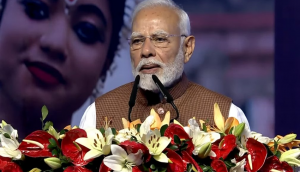


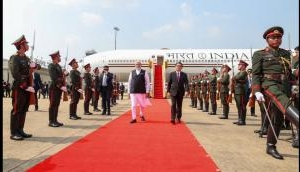
![BJP's Kapil Mishra recreates Shankar Mahadevan’s ‘Breathless’ song to highlight Delhi pollution [WATCH] BJP's Kapil Mishra recreates Shankar Mahadevan’s ‘Breathless’ song to highlight Delhi pollution [WATCH]](https://images.catchnews.com/upload/2022/11/03/kapil-mishra_240884_300x172.png)

![Anupam Kher shares pictures of his toned body on 67th birthday [MUST SEE] Anupam Kher shares pictures of his toned body on 67th birthday [MUST SEE]](https://images.catchnews.com/upload/2022/03/07/Anupam_kher_231145_300x172.jpg)


